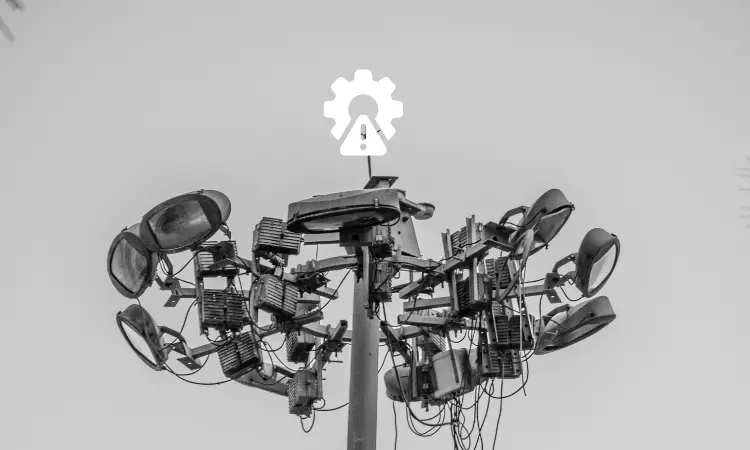Problems with Street Lighting
Street lighting is a functional element of the urban environment and literally a symbol of civilization, ensuring safety and continuity of city life. Like any complex infrastructure, it faces numerous challenges. As spaces rapidly urbanize and urban landscapes expand and transform, systems established decades ago become obsolete.
The problems of modern street lighting extend far beyond archaic control systems and worn-out equipment. They are much deeper and broader, requiring a comprehensive approach and careful analysis to resolve.

